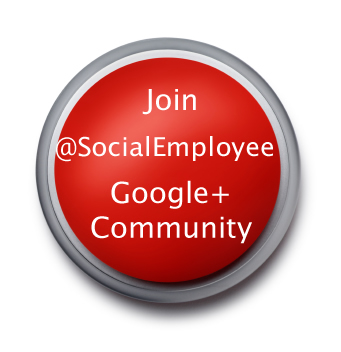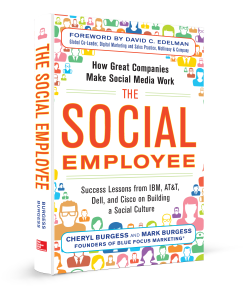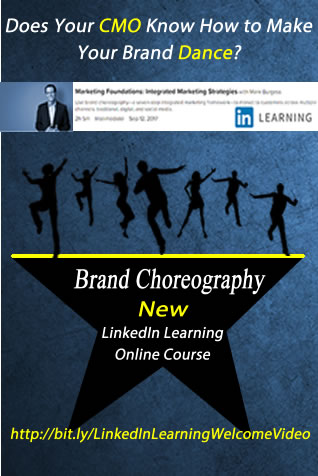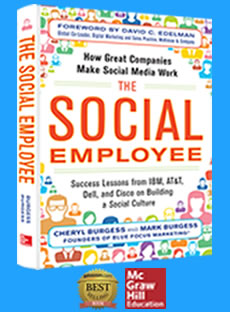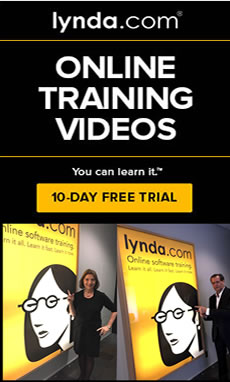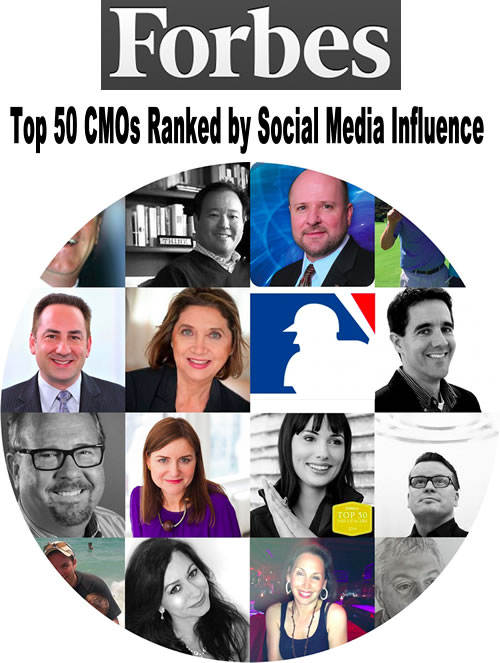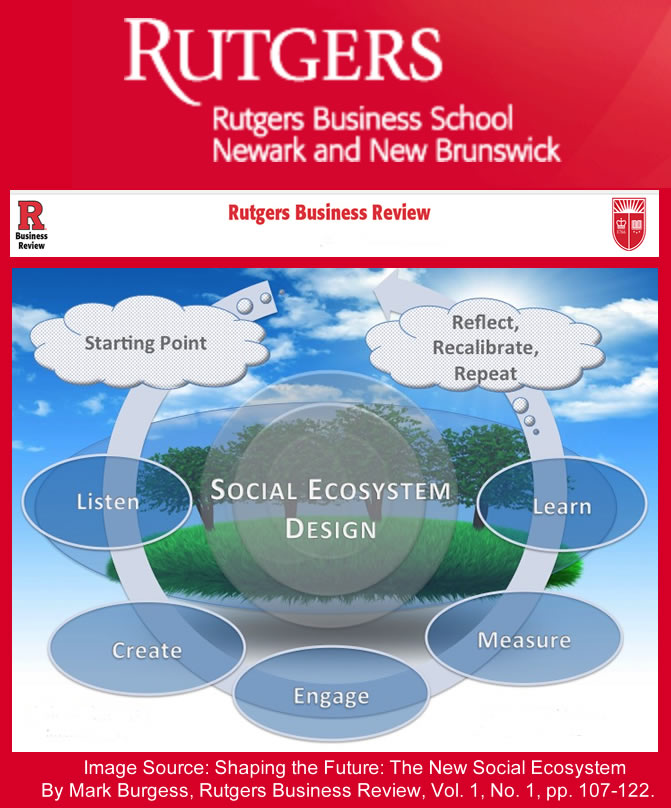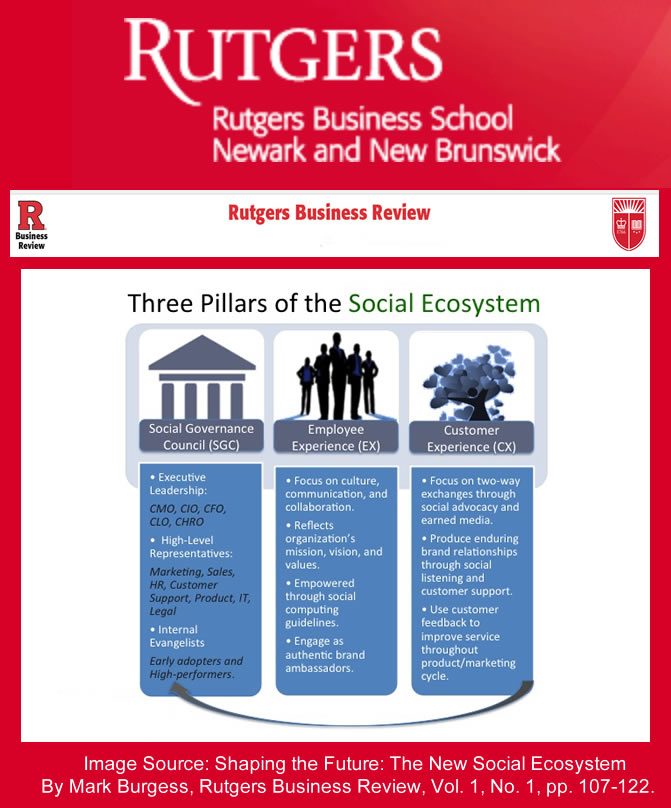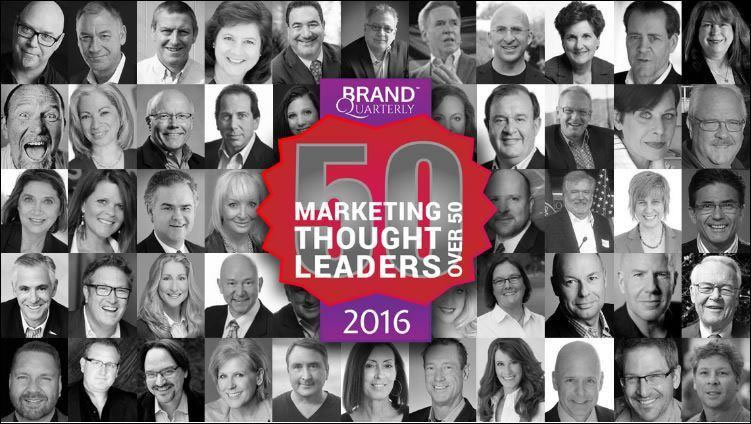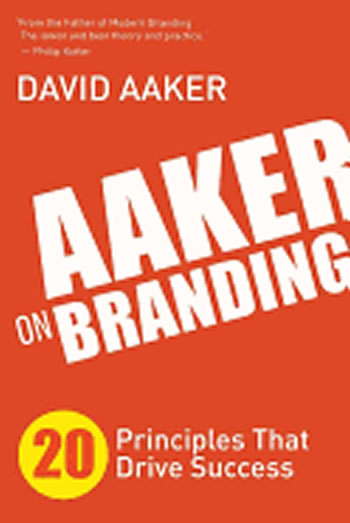 Now on his ninth book, marketing and branding expert David Aaker (@DavidAaker) hardly needs any introduction. Indeed, Aaker has contributed so much so often to the topic of branding that, by his own admission, getting through it all can be “a bit overwhelming.” Enter Aaker on Branding: 20 Principles That Drive Success, a book designed to be both a standalone guide to the current branding landscape and a consolidation of ideas forwarded in his previous works.
Now on his ninth book, marketing and branding expert David Aaker (@DavidAaker) hardly needs any introduction. Indeed, Aaker has contributed so much so often to the topic of branding that, by his own admission, getting through it all can be “a bit overwhelming.” Enter Aaker on Branding: 20 Principles That Drive Success, a book designed to be both a standalone guide to the current branding landscape and a consolidation of ideas forwarded in his previous works.
The result is a compelling, easy-to-read work that can either be read piece-by-piece or from cover to cover. With a wealth of sage advice and real-world examples on every page, you’re sure to learn something no matter how you approach it. Aside from Aaker’s sure, confident writing style, the book also benefits from having a compelling subject buoyed by sharp organization. As Aaker puts it in his introduction, “Brands and brand strategy are simply fun and interesting. Many a time has a CEO allocated half an hour to a brand strategy session and end up staying for hours affirming on their way out that the session was the most fun time working in months.”
Indeed, branding is interesting, and as Aaker on Branding demonstrates, it has become the central most important consideration for businesses in any industry. But how do you make your brand shine?
What is a brand, and why does it matter?
Aaker wastes no time establishing the importance of branding, leading the book off with the statement, “Far more than a name and logo, [a brand] is an organization’s promise to a customer to deliver what the brand stands for not only in terms of functional benefits but also emotional, self-expressive, and social benefits.”
And as Aaker explains in the book’s opening chapter, this knowledge turns brands into assets that drive strategy. The result of this understanding is that branding efforts over the past 25 years have been shifting from “tactical and reactive to strategic and visionary.”
Such a shift has had a profound shift on both organizational and marketing strategy. More recently, this shift has corresponded with the rise of social technologies, a process which we detail in our book The Social Employee (McGraw-Hill, 2013). In order to accomplish this, marketers must be guaranteed a seat at the strategy table, as internal branding becomes just as essential as external branding.
Says Aaker, “The brand will only deliver on the brand promise if the employees ‘believe’ and live the brand in all the customer touchpoints.”
A visionary branding strategy involves widespread buy-in to an organization’s mission, vision, and values. Without a brand vision, one fundamentally established in how your organization operates, your brand either won’t be able to distinguish itself or it will be making promises and projecting an image that it can’t live up to. Says Aaker,
When the brand vision clicks—is spot on—it will reflect and support the business strategy, differentiate from competitors, resonate with customers, energize and inspire the employees and partners, and precipitate a gush of ideas for marketing programs. When absent or superficial, the brand will drift aimlessly and marketing programs are likely to be inconsistent and ineffective.
Aaker lays out a process for creating a compelling, actionable brand vision that is memorable and actionable, inspirational and practical. While the essence of a brand vision can be summed up in a brief statement, Aaker recommends creating between six and twelve vision elements and then organizing them into a core tier and a secondary, extended tier.
Building a brand vision, a set of organizational values that Aaker says “implies a promise to customers and a commitment by the organization,” brings with it a strategic imperative. An organization has to be able to deliver on whatever promise is being made to its stakeholders. If it is not positioned to do so, it is all but guaranteed to alienate those stakeholders as it fails to live up to its promise. And once this has happened, once customers, employees, or both have lost faith in a brand, building that trust back can be nothing less than a Sisyphean task.
Brand Energy and Sweet Spots
By establishing core brand values, brands will have a better idea of what they need to do in order to create “brand energy.” This energy is how a brand connects with its customers. In B2C organizations, this often involves the development of a distinct brand personality, an identity that speaks not just to what that company does, but also to how it shares values, passion, and concerns with its target community.
To illustrate how powerful this can be, Aaker discusses the brand-as-personality. If you were talking to your brand as a person, what would they say to you? As Aaker explains, “Exploring what a brand-as-person might say to you can be a good way to uncover emotional response to brands.” Almost certainly, some of the answers are likely to surprise you, and as Aaker explains through the story of a well-known credit card company, sometimes the same brand personality traits can lead to very differing perceptions.
Another way to build brand energy and cement a positive, activated personality is to find customer “sweet spots.” How can your brand connect with your stakeholders in areas such as self-identity, lifestyle, or other cultural values? As Aaker explains, sometimes finding these sweet spots is a natural extension of your brand, such as the “Pampers Village” set up by Pampers in order to provide the go-to resource for childcare questions for parents.
For other brands, the connection might not be as obvious in relation to a brand’s product offerings, though it will still be able to resonate with consumers along key elements of your brand’s vision. Such is the case with RedBull, a beverage brand that actively sponsors events and activities centered around an active, no-holds-barred lifestyle. Aaker’s example of Dove’s “Real Beauty” campaign was also especially eye-opening.
The key is that having good perception of your brand isn’t always enough. Being able to define what you do and actively seek opportunities to engage others is where the real energy comes from. So while each of Aaker’s 20 tips is a wealth of sound advice in its own, it’s the synergy of these tips, the idea that each builds off the other, that can really produce magic for a brand.
To learn more about Aaker on Branding, pick up his book or follow him on Twitter!
Below are recent endorsements for The Social Employee (McGraw-Hill, August 2013) by Tom Peters and David Aaker on their social networks, but if you want to see more of their endorsements click here.

In The Social Employee, we go behind the scenes with several leading brands—such as IBM, AT&T, Dell, Adobe, Southwest Airlines, Cisco, Acxiom, and Domo—pulling the lid off the inspiring social business success stories that have propelled these companies into the 21st century. These cutting-edge brands have all come to the same realization: the path to social business lies through empowering the social employee.
See what others are saying about The Social Employee and order your copy today!
Please check out @SocialEmployee media buzz! 
“Great brands have always started on the inside, but why are companies taking so long to leverage the great opportunities offered by internal social media? . . . The Social Employee lifts the lid on this potential and provides guidance for businesses everywhere.” —JEZ FRAMPTON, Global Chairman and CEO, Interbrand
 The Social Employee offers an unparalleled behind-the-scenes look at the social business success stories of some of the biggest brand names in the business world, including IBM, AT&T, Dell, Adobe, Southwest Airlines, Cisco, Acxiom, and Domo. These cutting-edge brands have all come to the same realization: the path to social business lies through empowering the social employee.
The Social Employee offers an unparalleled behind-the-scenes look at the social business success stories of some of the biggest brand names in the business world, including IBM, AT&T, Dell, Adobe, Southwest Airlines, Cisco, Acxiom, and Domo. These cutting-edge brands have all come to the same realization: the path to social business lies through empowering the social employee.
The brands that leverage their employee base in order to engage customers and prospects through social media are the ones destined to win the marketing wars. This book not only details the astronomical rise of the social employee, but also outlines the innovative methods that leading companies have employed to foster cultures of enthusiastic and engaged workers.
FOR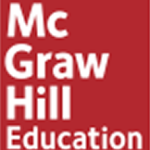 EWORD by David C. Edelman, Global Co-Leader, Digital Marketing & Sales Practice, McKinsey & Company
EWORD by David C. Edelman, Global Co-Leader, Digital Marketing & Sales Practice, McKinsey & Company
AFTERWORD by Kevin Randall, Vice President of Brand Strategy & Research at
Movéo Integrated Branding, and journalist for The Economist and Fast Company
Download ~> Free Chapter 3 – “Brands Under Pressure”


